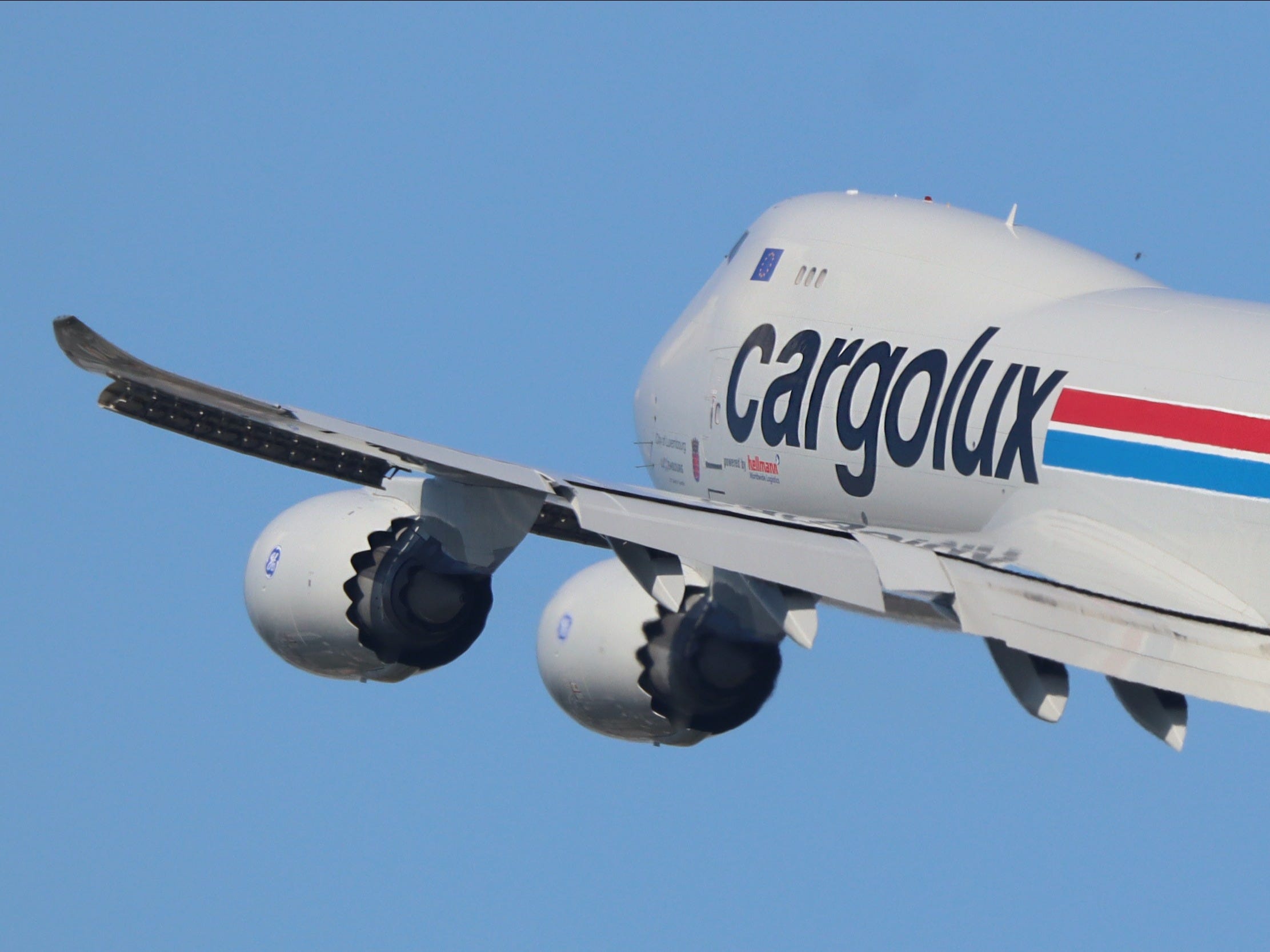- Columbus, Ohio’s Rickenbacker International Airport has surged in popularity among cargo carriers since the start of the pandemic.
- International carriers like Emirates and Cathay Pacific have become regular visitors to Rickenbacker carrying personal protective equipment from Asia.
- Cargo flying has proven to be more lucrative than flying passengers, with the airport seeing a mix of dedicated cargo freighters and passenger jets converted into cargo carriers.
- Visit Business Insider’s homepage for more stories.
As the coronavirus pandemic has put a premium on air freight, it’s not just the cargo-focused airlines that are riding a steady wave of increased traffic. Airports ready to cater to pallets rather than people have seen a similar boom. Just look at Columbus, Ohio’s Rickenbacker Airport.
Columbus has become invaluable in the COVID-19 airlift that has turned passenger airlines and even private jet operators into cargo carriers, flying inanimate freight instead of passengers. In June, Rickenbacker smashed its own cargo records, handling more freighters than ever arriving from international destinations as far as the United Arab Emirates, Japan, and Hong Kong.
Over 9,000 metric tons of cargo arrived from international destinations, primarily in Asia, on cargo and passenger airlines including Emirates, Cathay Pacific, and Cargolux. FedEx Express and UPS Airlines also use the airport, as do airlines running domestic flights.
Instead of flying the standard slate of retail goods to Ohio’s capital city, cargo carriers are filling their holds with personal protective equipment such as face coverings, as the US continues to fight the spread of the coronavirus. The Boeing 747 freighter has been a frequent visitor, as well as Emirates’ Boeing 777-300ER passenger jet turned freighter.
Rickenbacker benefits from its proximity to both the Northeast and Midwest. New York, Toronto, Detroit, and Chicago are all within 500 miles, an easy jaunt for a truck, smaller regional freighter, or even a helicopter, which Ford Motor Company used to transport ventilator parts from the airport to a Michigan assembly line.
Columbus isn't the only city benefiting from the wave of cargo flying. Anchorage International Airport is also booming in traffic as a result of the PPE air bridge between North America and Asia. Alaska's largest city has always been a stopover point for freighters flying between the two continents - and passenger airliners at one time - thanks to its strategic location in the upper latitudes.
Just like its Ohioan counterpart, Anchorage has been setting records in 2020. Its main airport is seeing nearly 30% increases in weekly cargo traffic since April, according to Air Cargo News, with total cargo volume up by 7.4% at the half-year mark compared to 2019.

